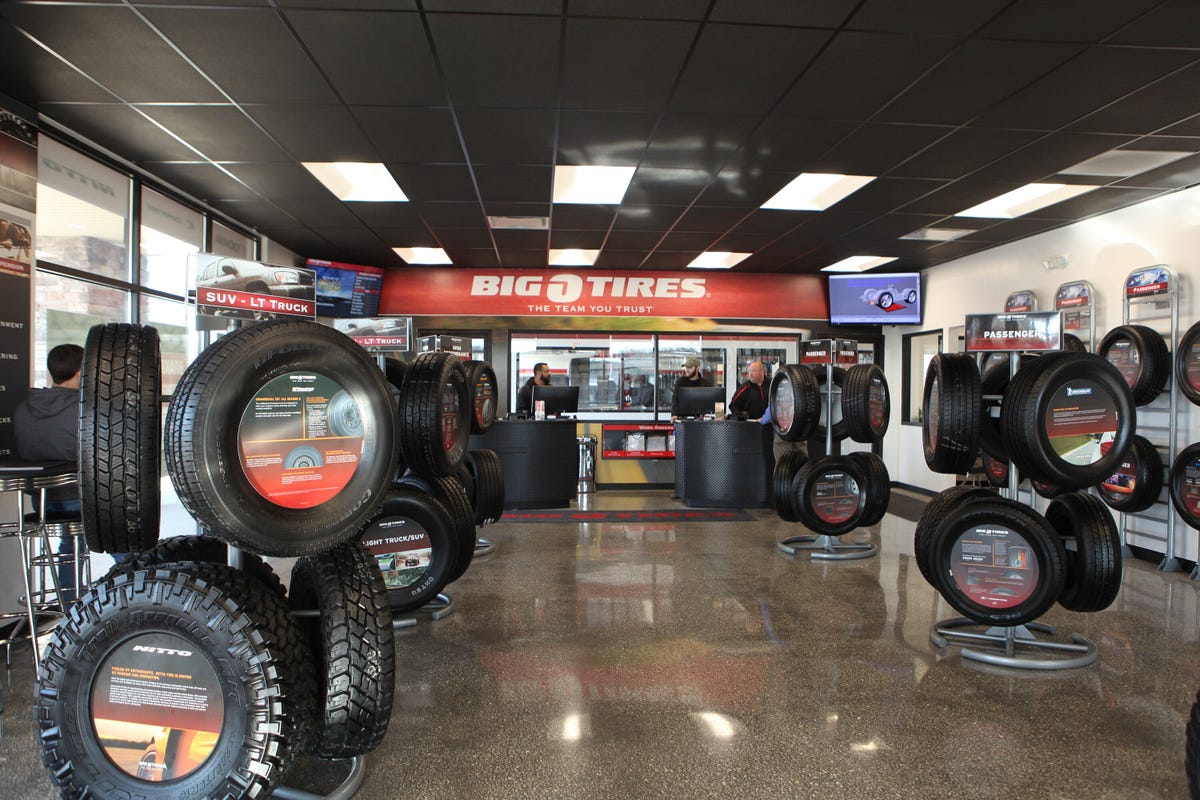Tire Service: Recognizing Tire Pressure Monitoring Equipments
Understanding Tire Stress Monitoring Solutions (TPMS) is an important facet of preserving optimum vehicle performance and safety and security when traveling. With improvements in automotive innovation, TPMS has actually come to be a common attribute in modern cars, providing real-time info on tire stress levels. Digging much deeper into the intricacies of TPMS, one can reveal the various elements that make up this system and the significance of each in ensuring precise tracking. From direct to indirect TPMS systems, the landscape of tire stress surveillance varies, each with its unique set of considerations and benefits. Remain tuned to decipher the complexities of TPMS, from upkeep pointers to the obvious advantages of keeping your tires appropriately blew up. tire shop morris.

Value of TPMS
The significance of Tire Pressure Tracking Systems (TPMS) lies in their capability to improve vehicle security and performance via real-time monitoring of tire stress degrees. Maintaining the right tire stress is important for making certain optimal handling, braking, and overall safety of a car. TPMS supplies drivers with prompt comments on any overinflated or underinflated tires, enabling prompt modifications to be made.
Components of TPMS
Comprising different crucial elements, a Tire Pressure Tracking System (TPMS) operates as a sophisticated safety and security attribute in modern automobiles. The major components of a TPMS include sensing units, a control component, and a warning indicator. Sensors are generally situated in the tire valve stem or affixed to the wheel setting up, where they determine tire pressure and send information to the control component. The control component procedures this details and triggers a warning if it identifies significantly reduced stress in any of the tires. The caution sign, often a symbol on the control panel, signals the vehicle driver to examine the damaged tire or tires. Some progressed TPMS versions likewise show the actual tire stress analyses for each tire, offering chauffeurs with real-time info to guarantee ideal tire performance and safety and security. By keeping an eye on tire pressure continuously, TPMS aids prevent accidents, lowers tire wear, and boosts gas effectiveness, making it a vital element for car safety and efficiency.
Sorts Of TPMS

On the try this website various other hand, indirect TPMS counts on the car's wheel rate sensing units to keep an eye on tire stress. This system detects underinflation by comparing the rotational speeds of the wheels. Indirect TPMS is much less pricey than straight TPMS, as it makes use of existing sensors within the automobile.
While direct TPMS provides a lot more exact analyses, indirect TPMS More Help is less complex in style and commonly calls for much less upkeep. Both systems have their restrictions and advantages, and the option between them frequently depends on elements such as cost, vehicle make, and personal choice. Recognizing the distinctions between these two sorts of TPMS can aid lorry proprietors make educated choices regarding tire upkeep and safety and security.
TPMS Upkeep Tips
Conduct routine checks on the tire pressure levels and compare them with the TPMS readings to ensure they are constant. Throughout tire turning or substitute, make certain that the TPMS parts are handled thoroughly to stop any type of possible damages. If the TPMS advising light brightens on the control panel, resolve the issue promptly by inspecting the tire pressures and the general system for any type of mistakes.
Advantages of Correct Tire Pressure
Preserving correct tire pressure, as highlighted in TPMS Upkeep Tips, is vital for gaining the various benefits connected with optimum tire stress levels. find out here Furthermore, correct tire pressure guarantees also tire wear, expanding the lifespan of the tires and promoting much safer driving problems. In verdict, the advantages of appropriate tire stress go past just tire longevity; they include boosted gas efficiency, enhanced security, much better automobile efficiency, and total driving comfort.
Conclusion
In final thought, comprehending tire stress surveillance systems (TPMS) is essential for preserving ideal tire pressure and making certain vehicle safety. By acknowledging the value of TPMS, being acquainted with its components, knowing the different kinds readily available, adhering to appropriate upkeep pointers, and realizing the advantages of maintaining appropriate tire stress, chauffeurs can enhance their driving experience and lengthen the life-span of their tires. Correct tire stress is crucial to effective and risk-free car operation.
